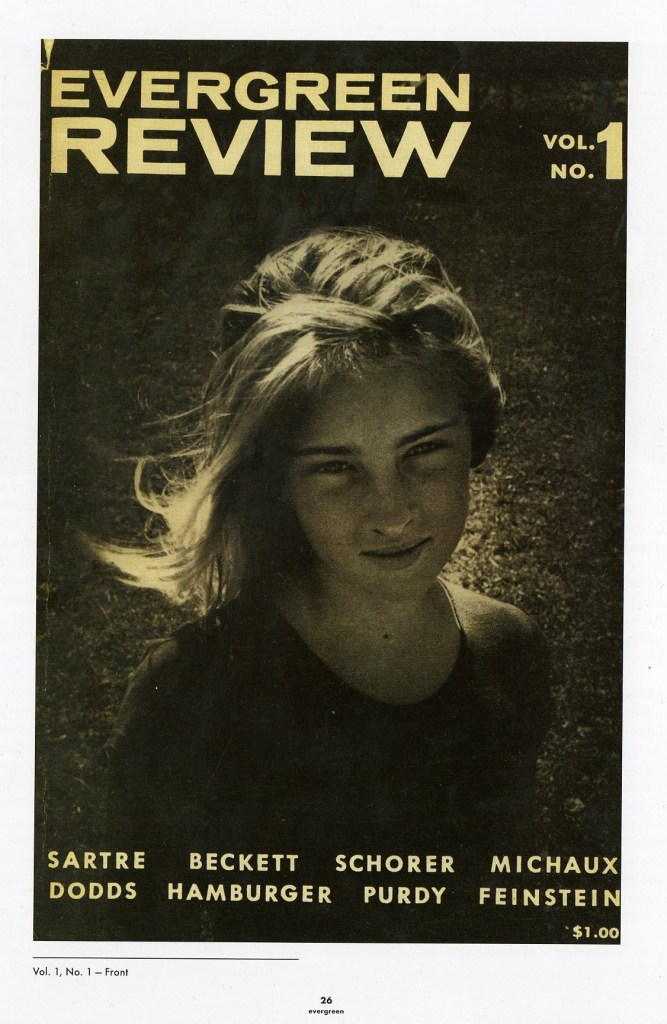When I was a teen, I did everything imaginable to get my cartoons and drawings printed in Evergreen Review, the most “radical” periodical of the 1960s, which famously published Robert Grossman, Brad Holland, Tomi Ungerer, Edward Sorel and a gaggle of witty illustrators and cartoonists of the era. By the time I was 19, I was briefly its art director.
Ken Deardorf was the art director of Grove Press and Evergreen when I first visited him to show my skimpy portfolio comprised of unpublished and unpublishable drawings. I was 15. He photographed five of the drawings for a file he kept of all the illustrators and cartoonists who showed him their art. It was an act of kindness that validated my goal and boosted my self-esteem.
Three years later, I received a surprise call from Ken saying he had followed my work as art director for underground newspapers, which I had been doing since I was 17, and he suggested that I would be a good choice to replace him as art director. He was retiring out West to paint (his archive is currently held by the SVA Archive). The magazine had fallen on hard financial times, but it continued to occasionally publish as a paperback book. I accepted the offer, knowing full well it was close to its last hurrah. It had been such a powerful force on my life.
I did meet one of my heroes—the feisty First Amendment advocate and Grove Press/Evergreen publisher Barney Rosset—a few times during my brief tenure, which was an honor. However, one meeting was a bit disappointing: Barney told me he lost all the final layouts for an Evergreen special issue/book I designed featuring critiques and essays about the controversial Marlon Brando film Last Tango in Paris. Lots of work for a small fee went down the tubes, but fortunately, I made photostats of all the layouts that we printed from that (the typography was a mess).
To put this trip down memory lane in context, it is a precis to a new book, Dispatches From the Literary Underground: Evergreen Review Covers and Essays 1957–1973, compiled by Pat Thomas, which culls text and image from select issues of the magazine. Thomas’ representative selection brings the legendary magazine into focus for those who weren’t able to experience it, and much of it is relevant in today’s climate.
At a time when the norms of society were in radical flux, Evergreen introduced me to the work of Jean Paul Sartre, Samuel Beckett, Harold Pinter, Allen Ginsberg, Nat Hentoff and others. It published a curated mix of old and new Left, including Abbie Hoffman, Julius Lester, Bobby Seale, Jerry Rubin, Timothy Leary and even the prison poems of North Vietnam’s leader, Ho Chi Minh.
Pages and spreads of the actual magazine are faithfully reproduced in the book, revealing advertisements, illustrations and cartoons—all bringing back memories of budding teenage radical literacy. From the covers I recall seeing Georg Grosz’s acerbic drawings and Dimitri Moore’s Russian Revolution posters for the first time.
For anyone interested in alternative culture, society and politics, Thomas’s book is right on!
The post The Daily Heller: The Venerable Magazine ‘Evergreen’ appeared first on PRINT Magazine.

